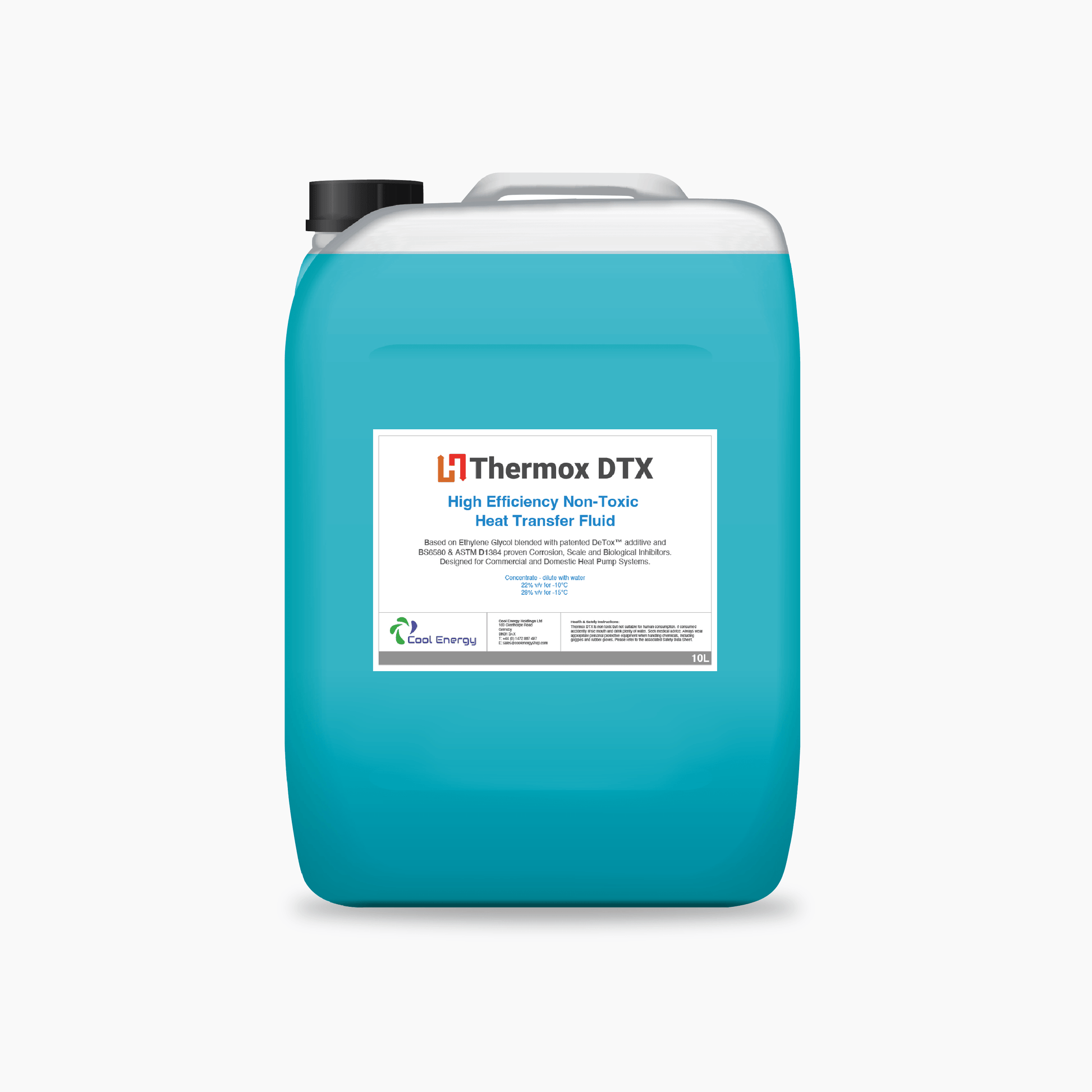Just how to Choose the very best Heat Transfer Fluid for Industrial Applications
Just how to Choose the very best Heat Transfer Fluid for Industrial Applications
Blog Article
The Function of Heat Transfer Liquid in Enhancing System Efficiency and Safety And Security
In the ever-evolving landscape of commercial processes, warm transfer liquids (HTFs) arise as crucial parts in optimizing both system efficiency and security. These specialized liquids, recognized for their superior thermal conductivity and controlled viscosity, make it possible for effective warm exchange, which is indispensable for structured operations. The influence of HTFs extends past plain effectiveness; their integral thermal stability and reduced flammability significantly contribute to risk reduction. As sectors come to grips with the requirement for high-performance and secure operations, comprehending the nuanced function of HTFs ends up being crucial. But exactly what makes HTFs so necessary in today's commercial structures?
Recognizing Warmth Transfer Liquids
Heat transfer liquids, often taken into consideration the lifeline of thermal administration systems, play a pivotal function in managing temperature across different industrial applications - heat transfer fluid. Industries such as chemical processing, power generation, and production depend on warm transfer fluids to make certain equipment runs effectively and safely.
The option of a suitable warmth transfer fluid is vital to the success of a thermal administration system. Understanding the nature and feature of these fluids includes identifying their capability to take in, transport, and launch heat effectively. Warmth transfer fluids can be generally categorized into different kinds, including water-based, glycol-based, and artificial oils, each with its specific applications and advantages. The selection of fluid depends on factors such as temperature level range, thermal stability, and compatibility with system products. In summary, a detailed understanding of warm transfer fluids is important for maximizing system efficiency, making certain operational safety, and accomplishing cost-efficient thermal administration solutions.
Trick Residence of HTFs

The details warm capacity of an HTF defines the amount of warm power called for to change its temperature level, affecting exactly how successfully the system can reply to temperature level variants. The boiling and freezing factors of HTFs also play a pivotal role, especially in systems exposed to extreme temperature levels, ensuring liquid stability and protecting against stage changes during procedure. Furthermore, the chemical stability of HTFs under varying thermal problems is vital to prevent destruction and expand fluid life. Compatibility with system products is essential to prevent rust and product deterioration, making sure long-lasting functional integrity. These residential or commercial properties jointly inform the selection of a suitable HTF for certain commercial applications.
Enhancing System Performance
To enhance her latest blog system performance with warm transfer liquids (HTFs), it is essential to incorporate a comprehensive strategy that considers both liquid homes and system style. The choice of a proper HTF is pivotal, as its thermal conductivity, viscosity, and certain warmth ability directly impact the effectiveness of warmth exchange.
Just as essential is the design of the warmth transfer system itself. The surface area and product of heat exchangers ought to be maximized to maximize warm transfer effectiveness.
Boosting Operational Security
Making certain functional safety and security in heat transfer systems calls for a precise focus on both the residential properties of heat transfer fluids (HTFs) and the layout and maintenance of the entire system. HTFs must possess thermal stability, low flammability, and ideal thickness to decrease risks such as leaks, fires, and system breakdowns. Picking the right HTF is vital as it establishes the system's ability to take care of temperature changes without endangering security.
The layout of the system must include redundancies and fail-safes to manage prospective risks efficiently. This consists of the combination of security shutoffs, pressure relief tools, and temperature monitoring systems to detect and attend to abnormalities promptly. Routine upkeep is vital to make certain that all parts, including pumps, pipelines, and seals, are working correctly and are cost-free from wear or deterioration, which can bring about unsafe leakages or failings.
In addition, personnel in charge of the operation and upkeep of warmth transfer systems have to be properly learnt security methods and emergency situation feedback treatments. Consistent training programs and security drills can substantially reduce the possibility of accidents, guaranteeing a more secure working atmosphere. Ultimately, a detailed approach to security-- including fluid option, system look these up design, and workforce training-- is check this site out indispensable for ideal operational safety.
Sector Applications of HTFs
Commonly used across numerous fields, warm transfer liquids (HTFs) play an essential role in boosting the efficiency and reliability of thermal administration systems. In the chemical sector, HTFs are indispensable for maintaining precise temperature levels throughout reactions, making sure product consistency and top quality. They promote warmth exchange procedures in activators, condensers, and warmth exchangers, therefore enhancing energy usage and lessening waste.
In the oil and gas field, HTFs are utilized in both upstream and downstream operations. They manage temperature level in boring operations and enhance effectiveness in refining procedures by providing steady thermal problems. This causes decreased downtime and boosted security, specifically in crucial procedures such as purification and splitting.
The renewable resource industry also benefits dramatically from HTFs, especially in focused solar power (CSP) plants. Here, HTFs move recorded solar power to power generators, making it possible for efficient electrical power generation. The pharmaceutical market relies upon HTFs for specific temperature level control in both synthesis and storage space, ensuring item efficiency and safety and security.


Additionally, the food and beverage field utilizes HTFs for pasteurization, sanitation, and food preparation procedures, enhancing both product safety and production effectiveness. Across these markets, HTFs work as crucial parts in keeping optimum functional efficiency and safety and security.
Final Thought
Warmth transfer liquids are crucial in enhancing industrial system efficiency and security by offering high thermal conductivity, optimum viscosity, and thermal security. Proper choice and upkeep of HTFs improve heat exchange efficiency, consequently boosting operational effectiveness.
Report this page